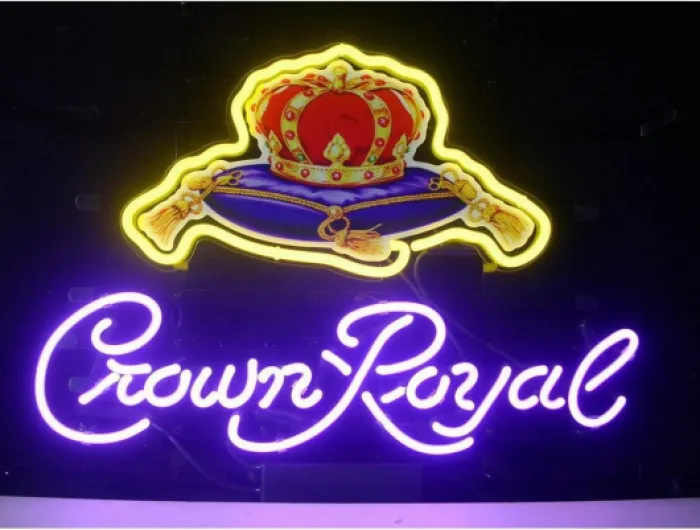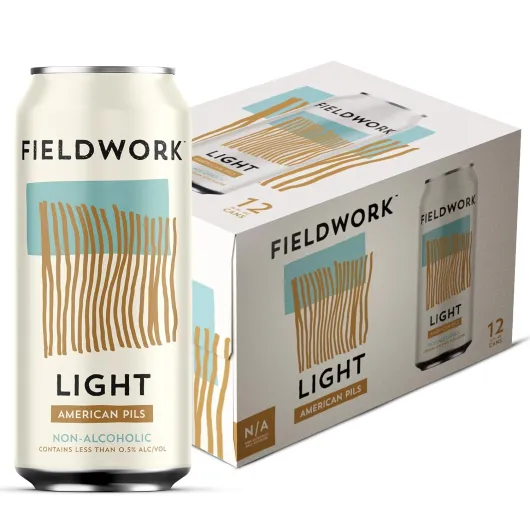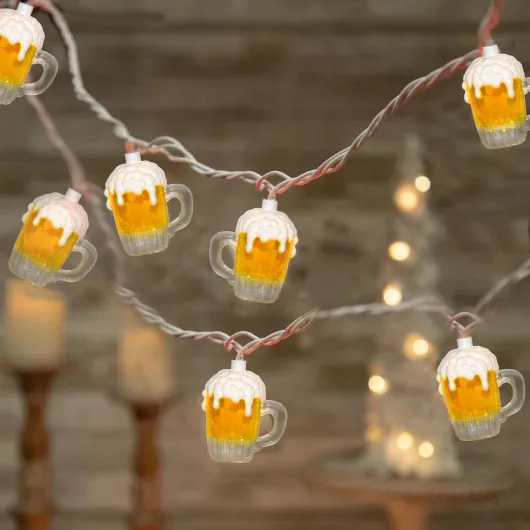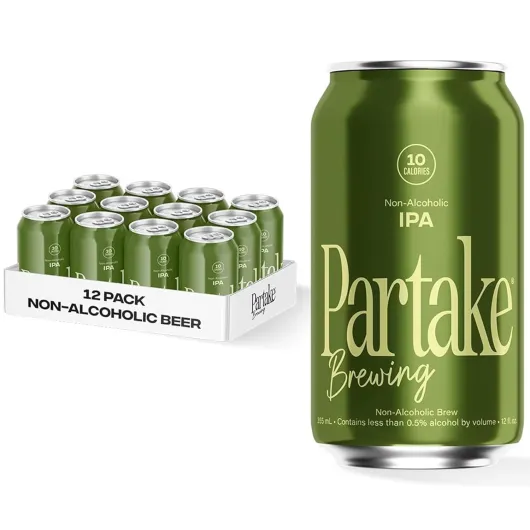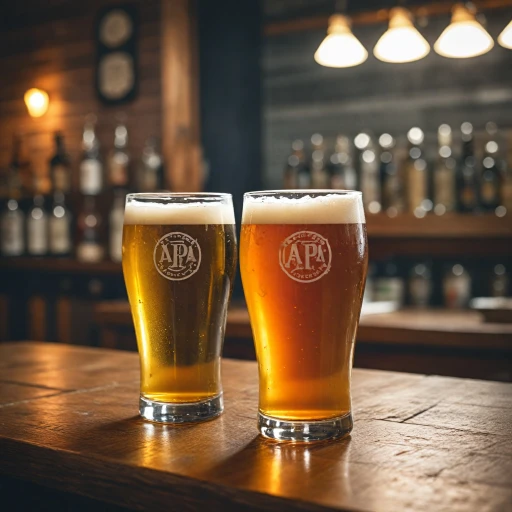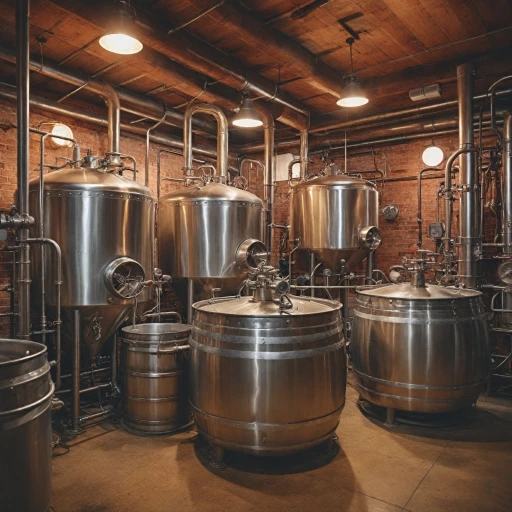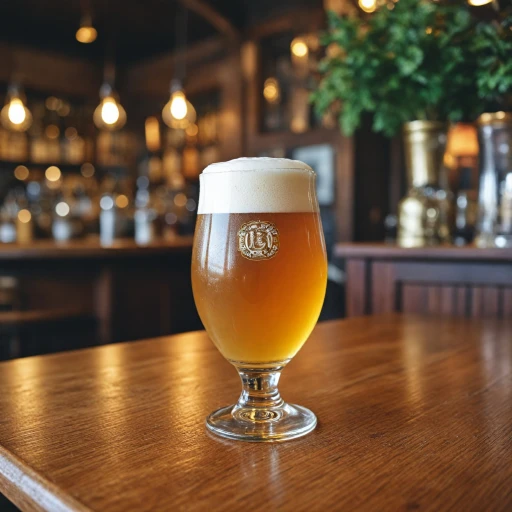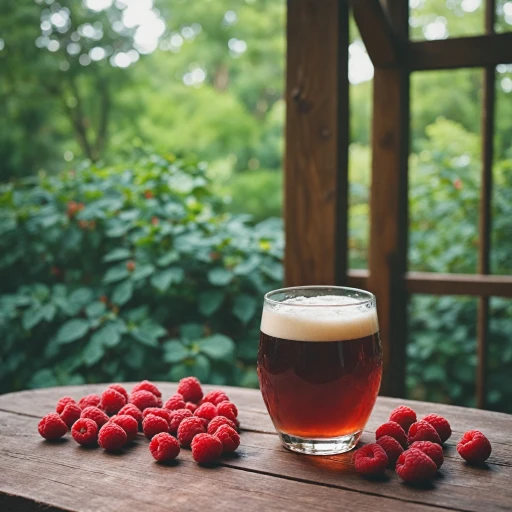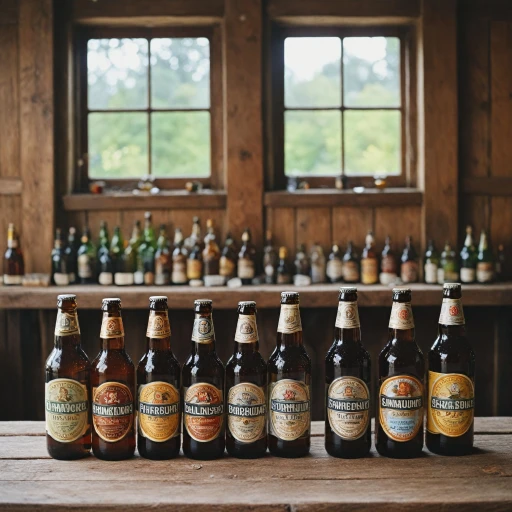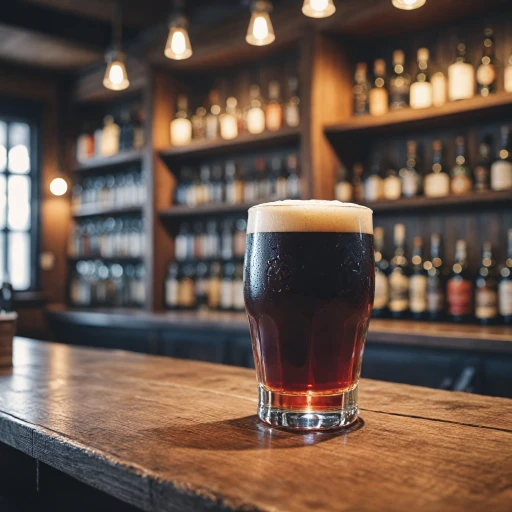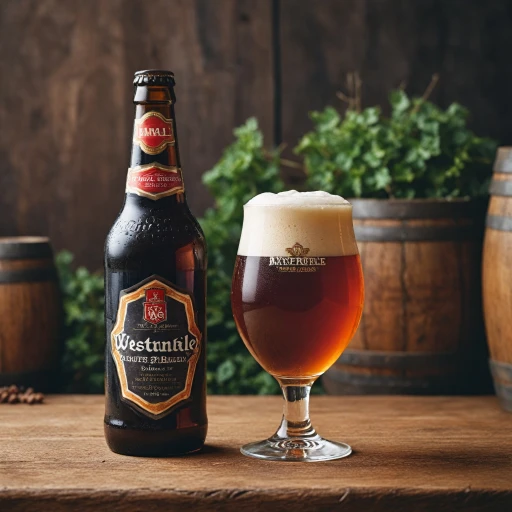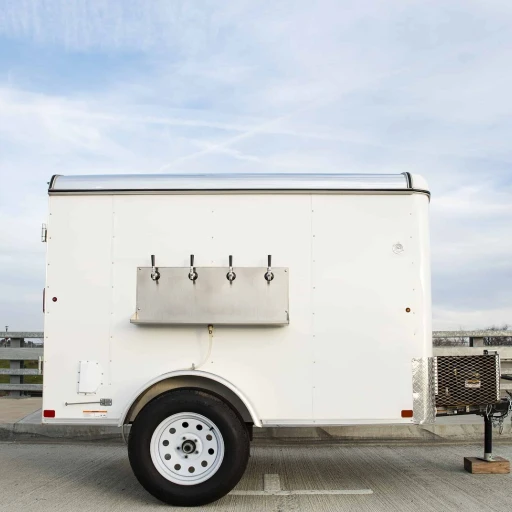
Understanding Light Beer
Delving into the Concept of Light Beer
Light beer has claimed a notable spot in the beer industry, appealing to those who want to moderate their calorie intake while enjoying a crisp and refreshing beverage. But what exactly categorizes a beer as "light"? It's generally understood that a "light" beer refers to one that contains fewer calories and carbohydrates than its regular counterpart. This reduction is typically achieved by altering the fermentation process or selecting ingredients that naturally have a lighter profile. While there is a common perception that "light" means less alcohol, that isn't always the case. The alcohol by volume (ABV) in light beers can vary widely, sometimes being quite similar to regular beers. However, some light beers do indeed contain less alcohol, contributing to their lower calorie count. This intricate balance between taste, alcohol content, and caloric intake is crucial when you set out to pick a beer that matches your lifestyle. As you explore different [light beer brands], understanding these nuances can enhance your overall beer-tasting experience.Alcohol Content in Light Beers
How Does Alcohol Content Vary in Light Beers?
It might surprise some to learn that the term "light" in light beer doesn't always point directly to a lower alcohol content. Often, when beer enthusiasts and casual drinkers mention "light beer," they refer to a beverage with fewer calories, but does that mean it's lower in alcohol too? Interestingly, the alcohol by volume (ABV) in light beers can be nearly the same as in regular beers. The primary difference often lies in the lower calories and carbohydrates section of the drink. If you're counting calories and assuming less alcohol, it's beneficial to check the label. Light beer can hover around the same ABV range as regular beer but tends to average slightly lower. Some popular light beers manage to keep the ABV in the 3-4% range, while standard beers usually range from 4-6%. However, this isn't a hard and fast rule as product lines can vary greatly. The choice of ingredients and brewing methods play a role in this delicate balance. For those interested in exploring the unique flavors of beer, it might be worth tasting a uniquely brewed light beer such as Augustiner Bräu’s Edelstoff. While it doesn’t classify as a "light beer" in the traditional sense, it offers a refreshing perspective on lighter-tasting options with an intriguing flavor profile. Check out this unique option for a different kind of beer experience. Knowing the varied alcohol content in light beers allows you to enjoy a brew that suits your personal taste and dietary preferences, without compromising on satisfaction. Whether it's a traditional light beer or something with a unique twist, there's an option to fit every palate.Calories and Carbohydrates in Light Beer
Counting Calories and Carbs in Your Beer
When it comes to light beer, many people are drawn to its promise of fewer calories and carbohydrates. This is often a major selling point for those looking to enjoy a beer without the added guilt of high caloric intake. But how exactly do light beers stack up in terms of nutritional content?
Light beers typically contain fewer calories than their regular counterparts. This reduction is achieved by lowering the alcohol content and sometimes using fewer carbohydrates during the brewing process. While the exact number of calories can vary between brands, you can generally expect a light beer to have about 30-50 fewer calories per serving compared to a standard beer.
Carbohydrates are another factor to consider. Light beers often have reduced carb content, which can be appealing for those watching their carbohydrate intake. However, it's important to note that the reduction in carbs isn't always as significant as the reduction in calories.
For those interested in the specifics of how different types of beers compare, you might find it useful to explore the differences between various beer styles, such as IPA and APA, to better understand what you're consuming.
Ultimately, if you're choosing a beer based on its calorie and carbohydrate content, light beers can be a good option. However, it's always a good idea to check the label for the most accurate nutritional information.
Popular Light Beer Brands
Notable Light Beer Brands to Explore
When it comes to light beers, some brands stand out for their unique taste and popularity. As you've seen from discussions on alcohol content and nutritional info, selecting a light beer can be about more than just lower alcohol and fewer calories. Here are some reputable light beer brands that might pique your interest:- Bud Light: A staple in the light beer category, Bud Light offers a crisp taste with approximately 4% alcohol by volume (ABV) and is known for its consistent quality.
- Miller Lite: Promoted as the "original" low-calorie beer, Miller Lite combines a smooth flavor with a slightly higher ABV than some of its competitors, generally sitting around 4.2%.
- Coors Light: Known for being "as cold as the Rockies," Coors Light features a light and refreshing taste, making it a popular option for many, with an ABV close to 4.2%.
- Michelob Ultra: Dubbed as a beer for the health-conscious consumer, it offers a lower carbohydrate and calorie count while maintaining an ABV of about 4.2%.
- Heineken Light: Offering the familiar Heineken taste, this variant has a slightly lower ABV of 3.3%, but without sacrificing the smoothness of its regular counterpart.
Choosing the Right Beer for You
Finding Your Ideal Brew
When choosing the right light beer for your taste and lifestyle, it's essential to consider your personal preferences and dietary needs. Here are some tips to help you make an informed choice:- Flavor Profile: Light beers often have a milder taste compared to their traditional counterparts. If you're new to light beers, try a variety of brands to identify which flavor you enjoy most. Remember that even among light beers, the taste can vary significantly.
- Alcohol Content: As discussed earlier, light beers generally have a lower alcohol content. If you're looking to enjoy a few drinks without feeling the effects too quickly, a light beer can be a suitable choice.
- Caloric Intake: For those mindful of their diet, light beers offer a lower calorie count without compromising too much on taste. Be sure to check the nutritional information to find one that aligns with your dietary goals.
- Social Preferences: If you like trying popular brands, look into well-known light beer options that are often easy to find at social gatherings and in bars. These beers are crafted to appeal to a broad audience, offering a balance between taste, alcohol content, and calorie count.
- Pairing with Food: Light beers can be an excellent companion for meals, especially lighter dishes like salads or grilled chicken. Because they typically have subdued flavors, they won't overpower your food, making them a versatile choice for various cuisines.

